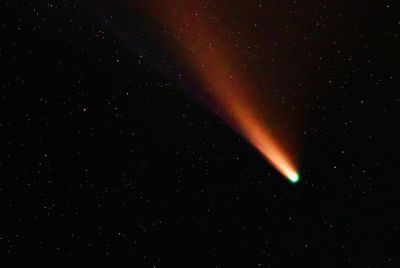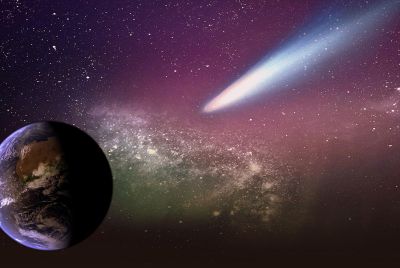Asia's Nostradamus Jay Costura Warns 'The Big One' Could Strike the Philippines Soon: 'Be Prepared'
Experts urge calm as fears of The Big One grip the Philippines after a series of powerful earthquakes.

A surge of fear has swept through the Philippines after Asia's Nostradamus, Jay Costura, claimed that the long-dreaded 'The Big One' could strike sooner than expected.
In an interview with Davaoeño vlogger Chito Samontina, Costura said the catastrophic quake was not simply a prophecy but part of an unfolding pattern. She urged Filipinos to prepare, recalling a vision that pinpointed the year 2026 as a critical time.
Her statement comes as the nation reels from a wave of tremors that have left thousands unsettled. Powerful earthquakes across the Visayas and Mindanao regions have reignited public panic, with many fearing that the so-called 'The Big One' is imminent.
Rising Panic Amid Earthquake Surge: Fear of The Big One
As the ground continues to shudder beneath the Philippines, anxiety and speculation have erupted across the nation. From Davao to Luzon, the fear of 'The Big One' has dominated conversations both online and offline, stirring panic and confusion amid a string of powerful tremors.
Analysts warn that the country's growing earthquake hysteria, fuelled by misinformation and viral conspiracy theories, could undermine genuine disaster preparedness.
The sense of unease began after a magnitude-6.9 earthquake struck the Visayas region on 30 September, killing at least 79 people and injuring more than 1,200, according to AFP. Homes, heritage churches and government buildings crumbled, leaving towns reeling from the devastation.
Barely ten days later, two powerful quakes rattled Davao in Mindanao — one measuring 7.4 in magnitude and another 6.8 just seven hours later — triggering a tsunami alert and thousands of aftershocks.
At least ten people were killed, and thousands were injured, reported AP. Other tremors soon followed in La Union, Zambales and Leyte, heightening fears that these quakes might be precursors to The Big One.
Mass Hysteria and 'Earthquake Mania' Grip Communities
In Baguio City, chaos broke out on 9 October when 40 high-school students were rushed to an accident and emergency unit after a 4.4-magnitude quake struck nearby La Union. Department of Health Secretary Ted Herbosa described the event as 'mass hysteria'.
'There were 40 high school children that were brought to the accident and emergency of Baguio General Hospital ... we were overwhelmed. We had to put up tents, but all of them were just suffering from what we call hyperventilation syndrome or hysteria. It was mass hysteria,' Herbosa said during a public briefing, as cited by the South China Morning Post.
The panic reached such levels that schools in Laguna suspended classes for the remainder of October, with Governor Sol Aragones explaining the decision was to 'inspect the structural integrity of school buildings'.
Experts Urge Calm and Preparedness for The Big One
Despite public alarm, seismologists from the Philippine Institute of Volcanology and Seismology (Phivolcs) have called for calm. Teresito Bacolcol, Phivolcs director, told ANC that the recent tremors were unrelated and well within the country's usual seismic activity.
'This is normal. It's just that there have been several strong earthquakes people have felt lately, but everything is normal,' he explained. He added that while a large earthquake on the West Valley Fault is inevitable at some point, 'it cannot be predicted with precision'.
According to The Independent, a government-led study estimates that a magnitude-7.2 quake along the West Valley Fault could cause around 34,000 deaths, more than 100,000 injuries, and catastrophic damage across Metro Manila. The fault passes through or near densely populated areas including Quezon City, Marikina, Pasig, Makati and Taguig.
Bacolcol noted that while The Big One may strike within this century, the timing remains uncertain: 'Of course there is uncertainty – give or take several decades. It could happen earlier; that's why we're saying we should be ready for The Big One.'
As the Philippines sits squarely on the Pacific Ring of Fire — one of the most seismically active regions on Earth — experts urge that preparedness, not panic, must be the nation's priority.
© Copyright IBTimes 2025. All rights reserved.





















